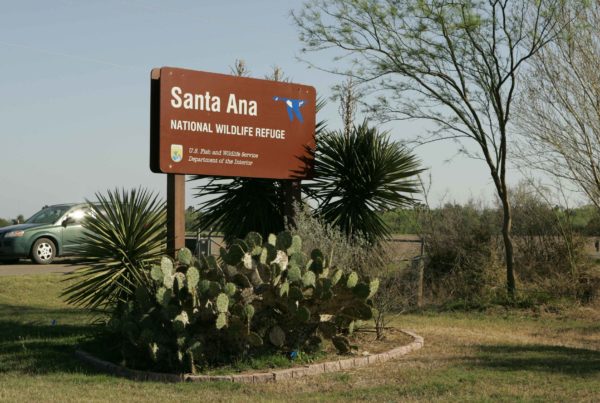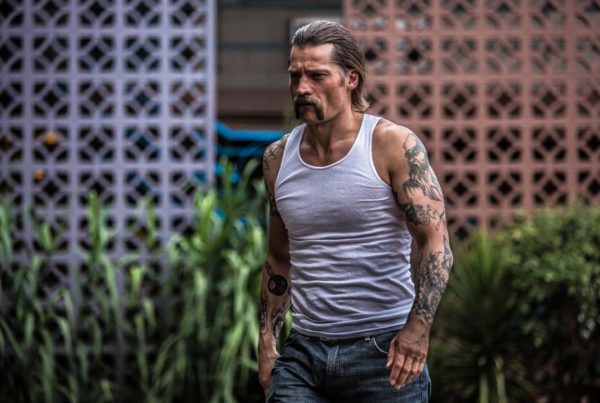From Texas Public Radio:
Treating American service members hurt in the Iraq and Afghanistan conflicts created a new military emphasis on polytrauma – a medical term meaning more than one serious injury. The complex wounds of war also created a need for a new model of care that today is helping veterans and active duty military heal.
Air Force veteran William Geralds knows the meaning of the phrase hard work.
He’s being put through the wringer by a physical therapist at the Polytrauma Rehabilitation Center next to the Audie Murphy VA Hospital.
“If you don’t give up, they don’t give up,” Geralds says.
Geralds could have easily given up eight years ago. He developed viral pneumonia that turned into Guillian-Barre’ Syndrome and left him unable to move.
“I couldn’t talk,” he says. “I was paralyzed and on life support. The only things that moved were my eyes and my big toe on my left foot.”
His service many years ago qualified Geralds for treatment at this specialized facility in San Antonio, the newest of five in the country. In 2005, the Veterans Administration sought to develop a better way to care for people with multiple injuries from modern combat.
“What we were seeing at that time was not just traumatic brain injury. But it would be traumatic brain injury plus amputations plus spinal cord injuries plus burns,” says rehabilitation medicine physician, Dr. Elizabeth Halmai.
Treating any one of these problems is difficult. But altogether it becomes exponentially more challenging.
About a hundred people a year come to the Polytrauma Rehabilitation Center in San Antonio. They work with an elaborate team of specialists: physical, occupational, and speech therapists, eye doctors, psychologists, social workers to name a few.
Donna Balderston was with the National Guard Active Reserve for 30 years. “Having this program here is absolutely vital,” she says.
A simple bike ride became life-altering for Balderston. “I was cycling. And I had a heart attack and got hit by a car.”
Balderston had broken bones, a cardiac issue, and just as critically, a traumatic brain injury that landed her at the Polytrauma Center. After about nine months, first as an inpatient, then in a transition unit, she considers herself at 90 percent.
“They did speech therapy with me. They did physical therapy with me. They did mental health therapy with me to make sure that I can come back and be a hundred percent again,” Balderston says. “They are really good in what they do.”
Twelve years ago when the Polytrauma Rehabilitation Centers first started treating patients, almost all were active duty troops. Today, it’s half active military, half veterans.
The center boasts a high rate of return to school and work. Several patients actually returned to duty.
For paralyzed patient Geralds, it was about returning to independence. He’s in a wheelchair much of the time, but he can move, use a walker at times, and talk.
His service dog, three-year-old boxer Tammy, is trained to pick up things he drops.
Told he would never be able to feed himself or stand upright, Geralds is beating the odds. He says he’s honored to heal alongside young troops recovering from battle wounds.
“The most humbling thing is being able to work with all these young people that are coming back from combat,” he says.
Polytrauma Medical Director Dr. Halmai said the goal is to help severely injured men and women who have served the country in uniform be the best version of themselves they possibly can be.
“Everybody still needs a purpose,” Halmai says. “Everybody still needs to have meaning in their life whatever that is going to look like for them. Just to return somebody to be a productive member of society, you know, I just feel like there’s nothing better out there.”
Since its inception, the five Polytrauma Rehab Centers have provided personal, time-intensive care to more than 3,500 people. Lessons learned at these military polytrauma centers are now being published so that civilians can benefit from advances in care.
















